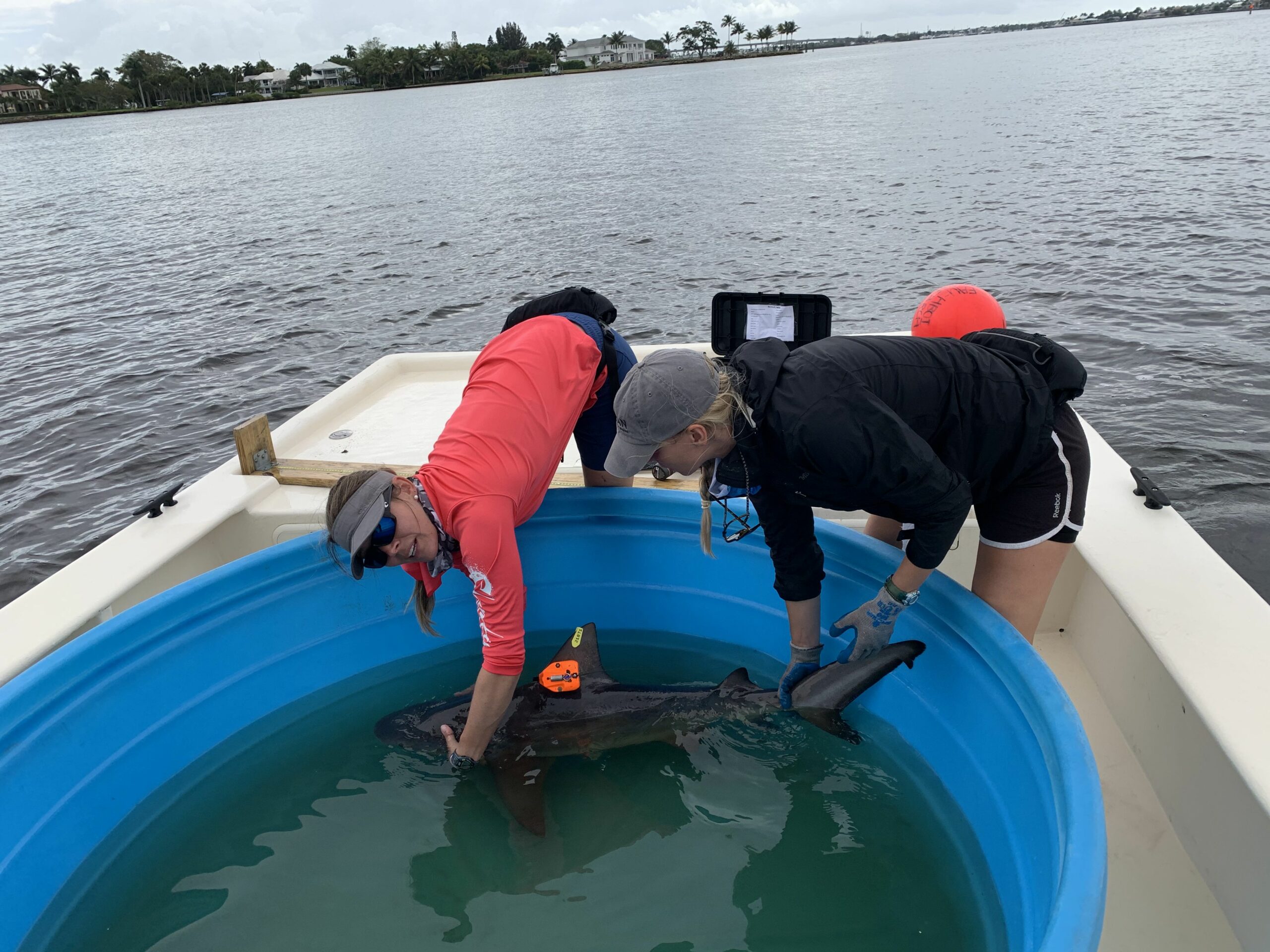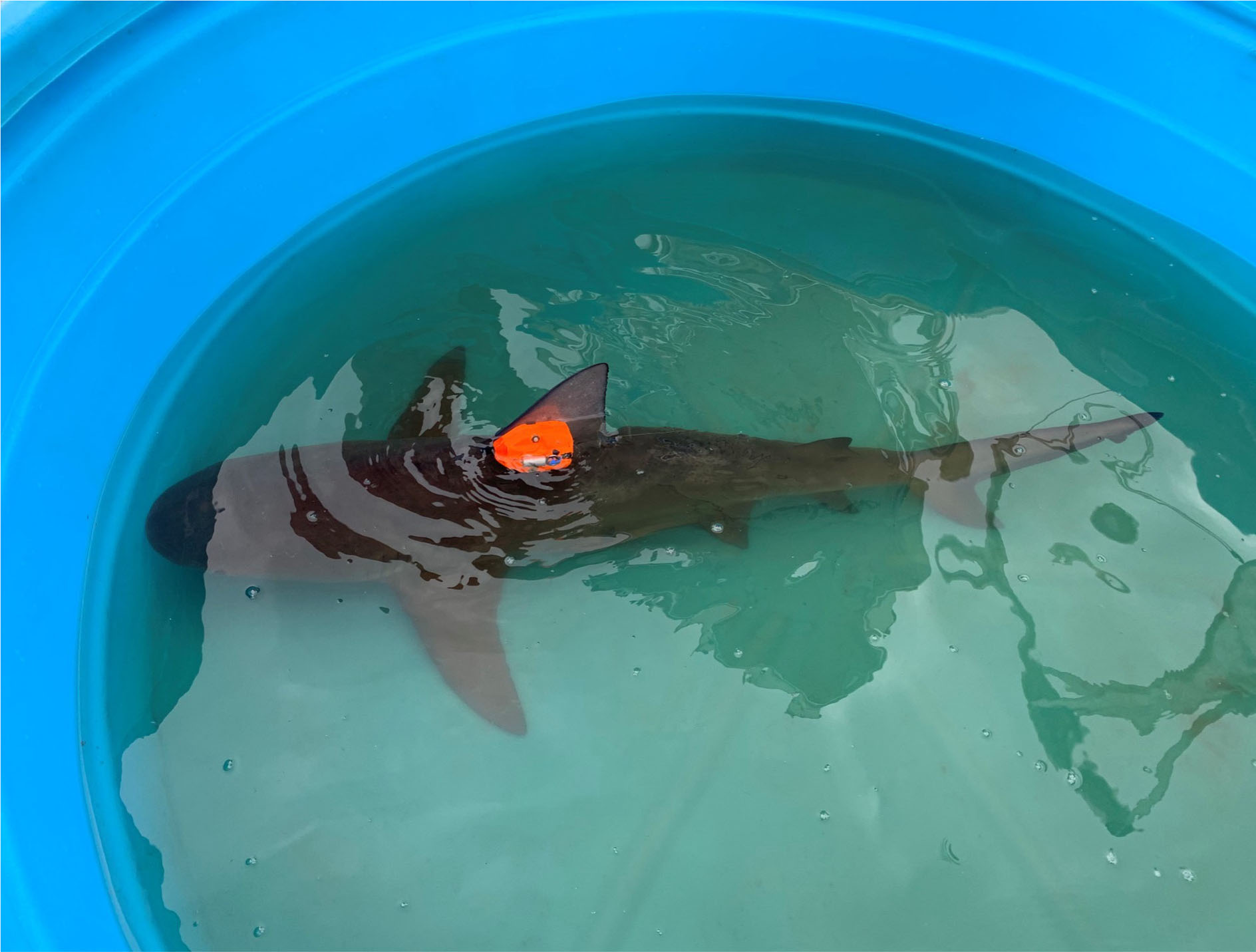When science doesn’t go to plan, focus on the silver lining(s)
You can spend weeks, even months planning fieldwork. Making packing lists, putting together your tagging toolbox, making sure you have your permits, and organising a dream team of skilled and enthusiastic personnel to help you on the boat. The preparation list goes on. But there’s so much with field science that we just can’t control: the weather, sharks that don’t show up – or that won’t take the bait. When I wrote this project proposal—to study the impact of harmful algal blooms (HABs) on juvenile bull shark behaviour—I didn’t expect to be joking in presentations about the best way to fix a problem (i.e. recurring HABs in a bull shark nursery), is to be awarded funding to study it in the first place. But that’s exactly what happened. We got funding and the HABs in our study area stopped. While I’d like to take credit for less frequent HABs in the Saint Lucie Estuary, FL, this is largely due to a change in how excess (contaminated) water is discharged from Lake Okeechobee. We had a contingency plan for “what if we can’t get control data because the HABs are too persistent in this area”. We didn’t anticipate not getting detectable HABs.

Fitting a juvenile bull shark with a custom tag to monitor fine scale body and spatial movement in the Saint Lucie Estuary, FL. The tag pops off after ~1 week and we then go on a treasure hunt to find it using satellite telemetry. Photo © Fisheries Ecology and Conservation Lab | Florida Atlantic University Harbor Branch.
But there’s always (usually) a silver lining. In this case, there’s several but I’ll focus on the most important one. HABs can be detrimental in numerous ways: they can cause habitat degradation, human health issues, wildlife mortalities, and previous research has shown that bull sharks accumulate numerous toxins produced by HABs (Edwards et al. 2022). While we haven’t been able to achieve our project goal of assessing the impact of HABS on juvenile bull shark behaviour during the project’s funding period, we were able to collect a lot of data on their natural behaviour for comparison if the opportunity presents itself down the road. While it would be interesting to answer our original question it’s really a good thing that we haven’t been able to! Stay tuned for the results of our “control” data!

A juvenile bull shark fitted with a custom tag to monitor fine-scale body and spatial movement in the Saint Lucie Estuary, FL. Photo © Fisheries Ecology and Conservation Lab | Florida Atlantic University Harbor Branch.
